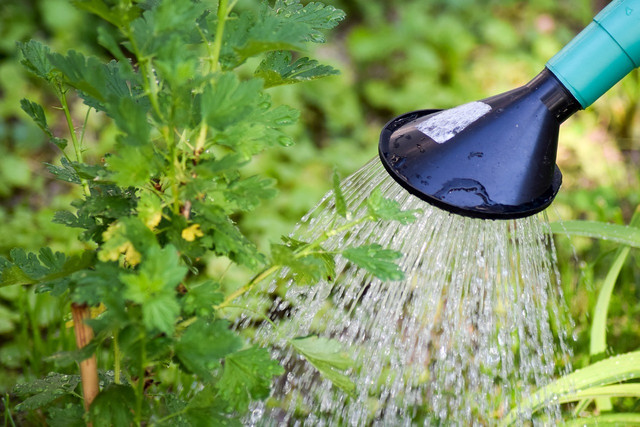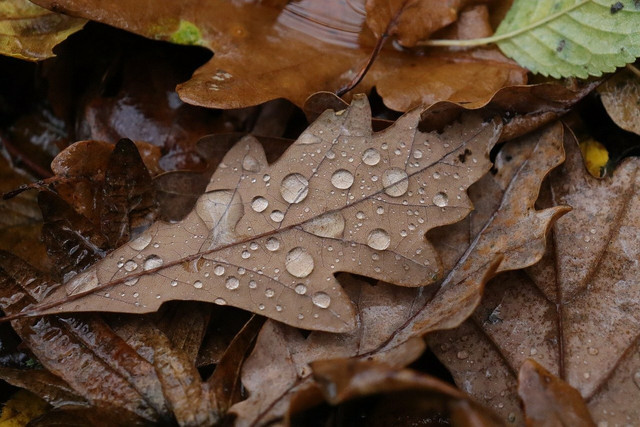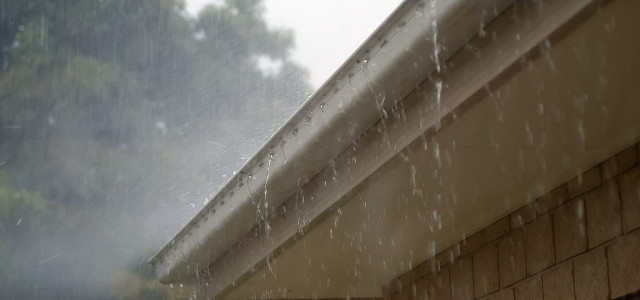Harvesting rainwater is a sustainable and cost-effective technique that helps you save on water and money. Harvesting devices collect and store rainwater for later use, and are easy to install and maintain.
Benefits of Harvesting Rainwater
There are a number of benefits of harvesting rainwater:
- Very environmentally friendly and responsible
- It is free of charge
- It is mostly clean and chlorination-free
- Complete control over your water supply
- Helps with water conservation
- Can be used as an emergency backup water source
- Better for plants in your garden as it is not chlorinated
- Inexpensive and easy-to-manage equipment and tools
- Rainwater harvesting equipment is moveable and the system is very flexible, so you can move your harvesting equipment around, or add and take away parts easily and as needed
Best Methods for Harvesting Rainwater

There are several methods for harvesting rainwater, from basic rain barrels to large cisterns that can supply your entire household and garden with fresh water.
The Rain Barrel: This method is the easiest, cheapest, and most commonly used way to harvest rainwater. Simply place a barrel at the gutter downspout and rainwater will runoff from the roof and into the barrel. Available on Amazon** or at local home and garden stores.
The “Dry System”: This upgrade from the rain barrel can hold much larger volumes of water. After each downpour, the collection pipes directly “dry” the rainwater from the roof and into the storage container. This system is cheap and easy to install, and even easier to maintain. The system must be located next to the house.
The “Wet System”: This rain harvesting system is the largest, holding the most volume of water, and can be installed away from the house. Several pipes collect rainwater runoff from various gutter downspouts and pump the water underground to the container. This method can collect rainwater from all drainage points of the roof, not just the one, making it the most efficient. However, it is much costlier to install and harder to maintain.
Uses for Harvested Rainwater



There is a huge amount of things you can do with harvested rainwater, and not just outdoors:
- Watering your garden and plants
- Connect your harvested rainwater to an irrigation system/sprinkler
- All indoor fixed features can be connected to harvested rainwater (toilets and clothes washers)
- For washing your pets
- For washing your car
- For refilling paddling pools, fish ponds, and birdbaths
Read on: How to Distill Water: A Step By Step Guide
How Much Water Can You Collect?



The amount of rainwater you can harvest depends on the system you install, and the amount of rainfall you receive in your area.
However, there is a formula that can help you calculate how much rainwater you can collect: simply multiply annual rainfall in your area by the square footage of your roof (or collection surface) to calculate your total expected harvested rainwater collection in gallons.
Read more:
- Water Conservation: 10 Tips on How to Save Water At Home
- Bees Need Water – Help Them out with a DIY Bee Waterer
- How to Remove Hard Water Stains Throughout Your Home
Do you like this post?






